When MDMA isn’t really MDMA
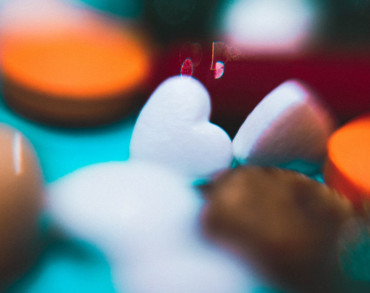

Sometimes when a substance is sold as MDMA, it turns out to be something else. This can cause serious harm.
Methylenedioxymethamphetamine (MDMA) is a chemical stimulant. It’s also known as ecstasy, E, molly, mandy, pingers. MDMA has a reputation for being a ‘safer’ drug, but it’s important to remember there are still things to look out for.
The strength of MDMA can vary quite a bit, and over the past few festival seasons there have been instances of high dose MDMA pills being sold in New Zealand. KnowYourStuffNZ has a helpful resource to assist in identifying these.
Another big concern is that substances can be sold as MDMA when they don’t actual contain any MDMA at all, putting people at serious risk. You can find some of these misrepresentations on our 'Alerts & notifications' page. Remember, you can never be sure that any substance actually contains what you’re told it does. And you can't be sure how you might react to that substance, or the dose.
Stay safer by staying informed. Sign up to receive alerts and notifications about any dangerous drugs in NZ. Check out the alerts page to see what we've already found.
What’s going on here?
It’s common for substances that are meant to be MDMA to actually be another drug, or mixed with different substances like synthetic cathinones, known as ‘bath salts’. These other drugs may be different in strength, have different effects, and may take longer to have an effect which could lead to re-dosing and an increased chance of overdose.
There was a recent example of this when a student in Dunedin had a bad experience with MDMA that actually contained a low amount of MDMA, and a large quantity of cathinones.
In another example, KnowYourStuffNZ found the cathinone eutylone at every event they attended during the 2019/20 festival season, where it was usually sold and taken as MDMA. And in December 2020, KnowYourStuffNZ issued an alert about the increased presence of cathinones at festivals - eutylone was the most commonly detected.
Cathinones are particularly dangerous because they’re constantly evolving, and as a result very little is known about them – a new cathinone called N-Ethylheptedrone was found in New Zealand for the first time in June 2020, and dimethylpentylone was detected for the first time in December 2021.
Often cathinones are active in low doses which means it’s easy to take too much and overdose. For example, a common dose of cathinone MDPV is 20mg, which is a fifth of a standard MDMA dose. This can have fatal consequences.
If you or someone you know experience concerning or unexpected effects after taking something you thought was MDMA, please tell us about it. This will help keep others safe.
If someone is unconscious or in distress after taking a synthetic cathinone:
- Ask loudly if they’re ok. Shake them gently.
- If they aren’t responsive, dial 111 and ask for an ambulance.
- Check they’re breathing and place them in a stable side position. If they aren’t breathing, start chest compressions.
While not using drugs is the safest option, there are a couple of things you can do to lower the risks by:
- Avoid using alone. Have a buddy who can help, and call an ambulance, if things go wrong. This includes having someone around after use – the people involved in this harm incident experienced serious symptoms about 12 hours after using the substance.
- Avoiding re-dosing as this increases the chance of overdose.
- Lower doses are less risky. Start off with a small amount to check how it affects you. Be aware of the possibility of delayed onset of adverse effects.
- In general, swallowing a substance has a slower onset than other methods and means there might be more time to get medical help if needed.
- Take regular breaks when dancing.
-
Avoid using with other substances, including alcohol. Don't try to drive.
- Drug checking can help minimise the risk. You can’t just take someone’s word that you have what you think you have, and you can’t just go on sight or smell alone. Clinics are held regularly across New Zealand - these are free, legal and completely confidential. Check out the calendar here.
- Use a reagent test to check it first. Marquis and Mandalin reagents will turn black if there is any MDMA present (remember there may be other substances present in the mixture too). A different colour or no change indicates that the sample you tested does not contain any MDMA.
If you think the MDMA you or a friend took is actually something else:
- Don’t take any more.
- Don’t take other drugs, or drink alcohol.
- Seek medical advice.
Call 111 and ask for an ambulance immediately if you or someone else has any of the below signs after taking what you thought was MDMA. Tell them what you have taken, you won’t get in trouble and it could save your life.
- Starts to lose consciousness or is unconscious
- Stops breathing
- Has a seizure
- Feeling extremely agitated for longer than 15 minutes
- Has chest pain or breathing difficulties for longer than 5 minutes
When you are safe, please tell us about your experience.
If you’re concerned about your own drinking or drug taking, you can reach out to the Alcohol Drug Helpline on 0800 787 797, or text 8681. You'll be able to speak with a trained counsellor who can provide you with helpful information, insight and support. They’re available 24/7, all calls are free and confidential. You can also chat with the team online through the website.
Latest Articles
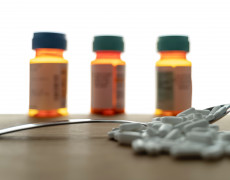
26 Apr 2024
Overdosing on opioids
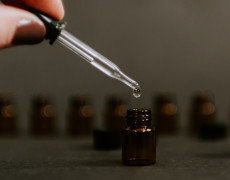
24 Apr 2024
Increased harm linked to the use of GBL-type substances in New Zealand
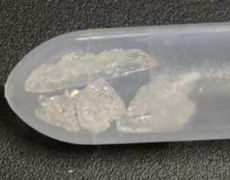
23 Apr 2024
Industrial chemicals sold as methamphetamine
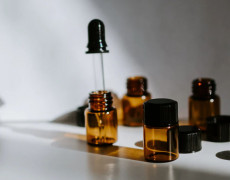
15 Apr 2024
Thinking of using GBL/GHB?
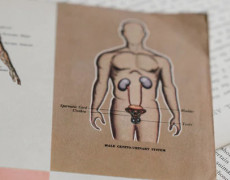
12 Apr 2024
Ketamine and bladder damage – know the risks
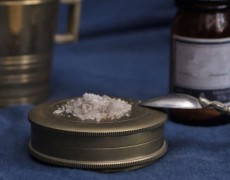
8 Mar 2024
Synthetic cathinones explained
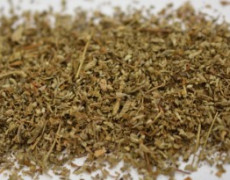
22 Feb 2024
What’s happening with synthetic cannabinoids?

31 Jan 2024
What is tuci?
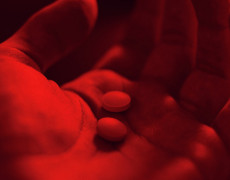
19 Jan 2024
Answering some common questions about MDMA
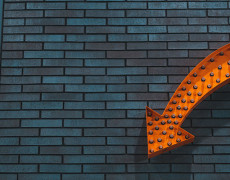
10 Jan 2024
Understanding the risks of the comedown
